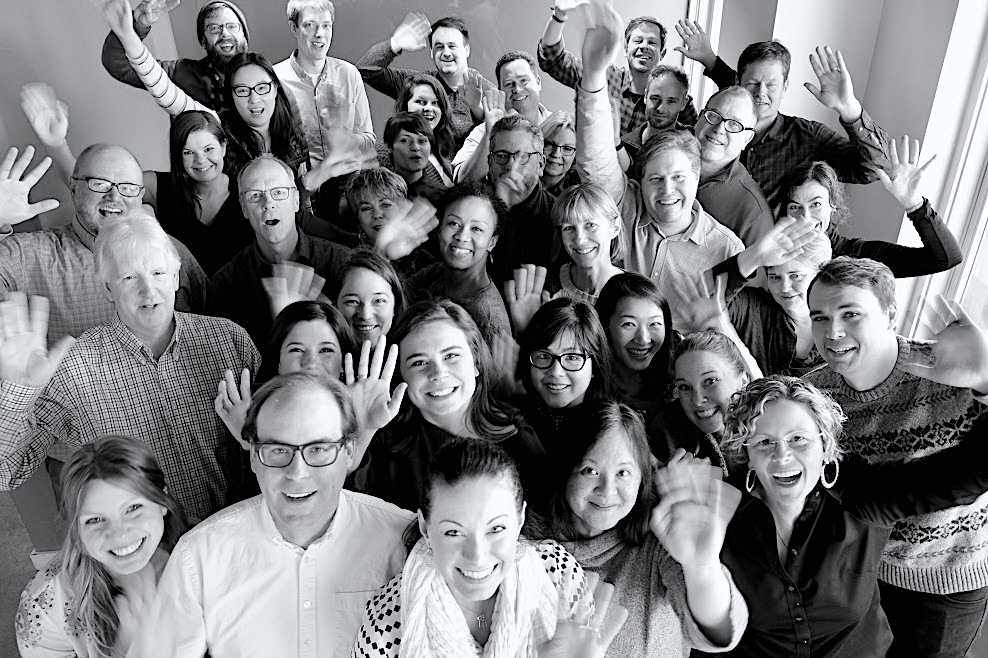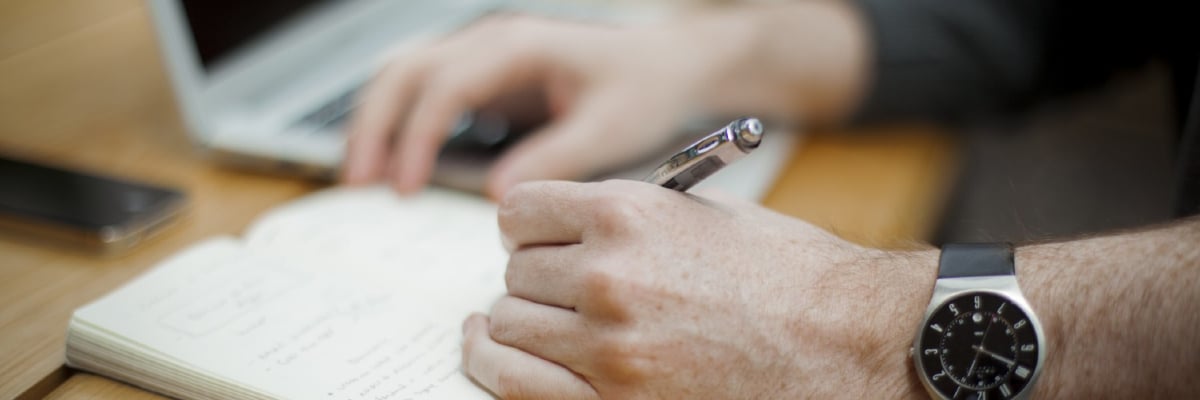
By
Trista Meehan
In The Client Debrief, Part 1 we talked about the purpose and value of having a client debrief after all research sessions were completed, but prior to delivering the final report/recommendations.
Now that the benefits have been covered, let’s talk about the nuts and bolts of running an effective research debrief meeting with your clients. A little smart prep work can save a lot of time and effort when analyzing/reporting research results, especially when your time and budget is limited.
Step 1: Include the client debrief meeting in your project timeline
I recommend scheduling between 60 minutes and two hours either on the day your research ends, or the next business day. Some teams appreciate the opportunity to have a solutions meeting (with or without the research team) immediately after the debrief; be sure to ask if they would like to do this.
>>Tip: If you do schedule additional meetings on the last day of research, end research sessions early in the day to allow some time in between to review notes from the session.
Step 2: Invite the right people…and include an agenda
Send the meeting invitation in advance to the client and team members. Include a brief agenda that states the purpose of the debrief meeting—to capture what you saw and heard during research sessions. Be sure to let invitees know that while everyone is welcome to attend and listen, discussion will be limited to people who have seen three or more research sessions.
>>Tip: the goal is to record as many findings as possible during the meeting; this is not a good time to answer questions from people who didn’t observe research sessions.
Step 3: Enlist the help of observers in advance
Before each research sessions, encourage any observers to take notes or have them record issues/successes on a post-it note for use in the debrief meeting later. It’s easy for clients to get distracted by other work when they should be watching people trying to use their product or service. Giving observers a task to do during sessions will hopefully lead to deeper engagement and increase the perceived value of the sessions.
>>Tip: For additional ideas on getting your clients or teams more involved in research sessions, I highly recommend the article ‘Engaging Study Observers’ by Stephanie R. Fishel-Brown and Emily J. Schroeder.
Step 4: Prepare research notes in advance, if possible
Some researchers prefer to keep a short summary of top findings at the end of each day, while others have no problem keeping a running tally of findings in their head. Sometimes I create a document outlining what worked/what didn’t work in advance and bring that to the debrief meeting, especially if we only have an hour and we have a lot of findings to cover. Other times I highlight key findings in my notes and bring those.
Step 5: Lead the meeting with precision
It’s important to keep the meeting narrowly focused on the goal: restate that the purpose of the meeting is to capture as many findings as possible from the research sessions. State in advance that solutions will not be discussed during this meeting and you will redirect if the conversation strays from the findings. Ask for a show of hands to indicate those who saw three or more sessions; respectfully ask the rest of the group to observe only for now and you’ll try to answer any of their questions/comments towards the end of the meeting.
>>Tip: Provide post-its/paper and pens and invite meeting attendees to use them to capture off-topic items or solutions during the meeting.
Step 6: Efficiently capture findings
Whether you use a whiteboard/smartboard, post-its, or a projected document to capture findings, group data by type (such as “Worked” and “Needs Improvement”), by screen or flow (“Product landing page”, “Shopping Cart”) or a combination of both. If you haven’t documented some of the findings prior to your meeting, encourage your client to speak first by simply asking, “What are some of the things you saw and heard during our research sessions?” Continue to probe for more findings. Fill in additional details/gaps from your notes. Remember, your clients might have caught things that you missed and vice-versa. If known, record roughly how many users—all, most, some, a few, etc.—experienced an issue or success; you can always go back through your notes later for more accuracy. Mark major usability issues or other significant findings by using an asterisk or other indicator.
>>Tip: Don’t spend too much time on one item. If a topic starts eating up too much time—especially if it’s not terribly significant—table it and move on.
Step 7: Give the client a valuable takeaway, right away
Leave a few minutes in the meeting to thank the client/team members for their participation and talk about next steps. Note what findings seemed particularly interesting or insightful and address those items in the final report. Offer to give the client/team a cleaned-up version of the raw notes from the meeting, in addition to the formal report. I mail these out the same day or next day at the latest. While stakeholders might be waiting three-to-seven days for a report, the core development team often uses this informal document to start solving problems immediately. Finally, if there’s time, ask observers if they have questions on the sessions and/or offer to devote the rest of the allotted time for discussing solutions.
>>Tip: A client once asked me to include the raw findings in the appendix of the report as well, so stakeholders who were interested could reference them later. Good idea!
Do you hold client debriefs after research sessions? We’d love to hear what works—or what doesn’t work—for you!
Trista is a member of the research team at Blink. In her free time, she likes to compose silly ditties on the ukulele and scour Seattle’s thrift stores for vintage clothes and vinyl records.



